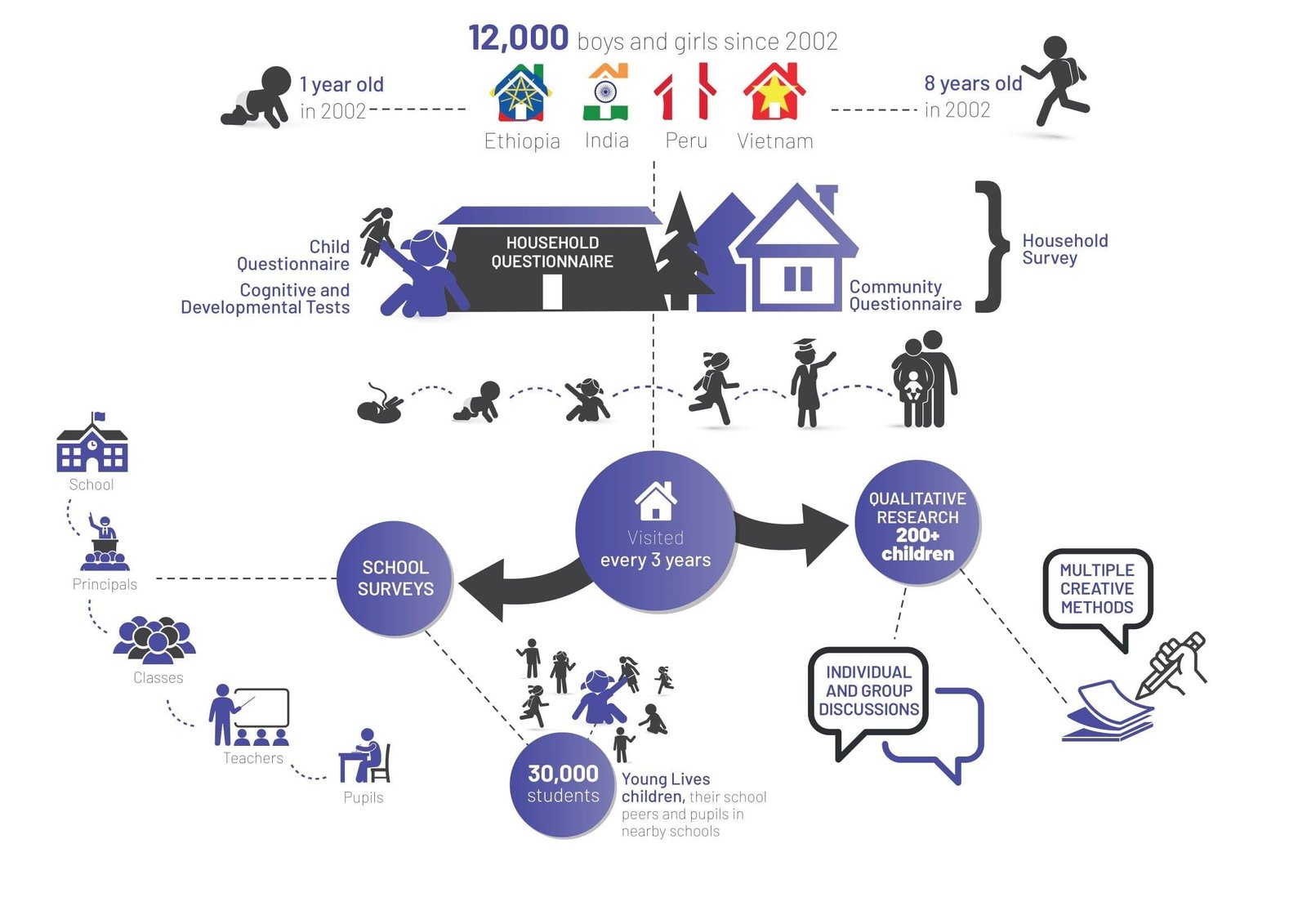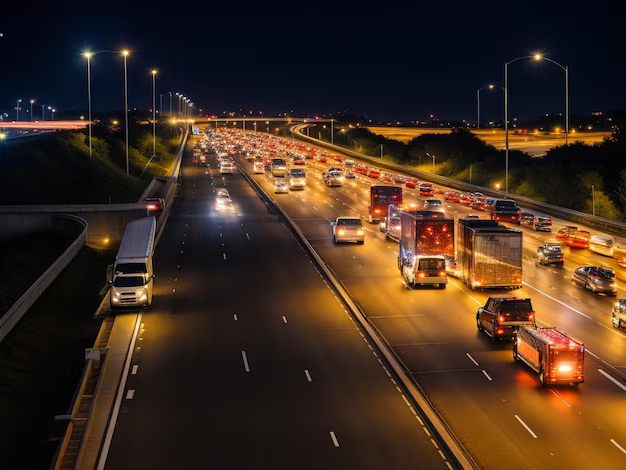Household Survey
A household survey is a way to collect information from a group of homes in a certain area. These surveys help gather details about how people live, including their income, education, family size, and other important facts. This data helps in understanding the needs and living conditions of families in a community.

What is a Household Survey in Transport?
Household surveys are one of the main ways to collect social and demographic information in the U.S. While housing censuses happen only every 10 to 15 years, household surveys can be done more often. They are flexible, can cover many topics, and help us understand how people live and behave over time.
These surveys are usually conducted at a household level and include every member’s travel habits, vehicle ownership, purpose of trips, and preferences for transport modes (like car, bus, walking, or metro).
Household surveys and censuses are not the same. A census collects basic information like age, gender, and education. On the other hand, household surveys provide more detailed data about families and how they live.
These surveys help gather information about people’s living conditions, income, lifestyle, and social changes. They give a clear picture of the daily lives and challenges of households.
With online surveys, it’s now easier and cheaper to collect this data. People can complete them at their own pace, which leads to more accurate and organized results.
What is the importance of a household survey?
Household surveys help us learn about the basic needs and daily challenges that families face. In the past, these surveys were done manually, with field workers going door to door to collect data, observe, and learn from the people living in each home.
The main goal of these surveys was to track living standards, population details, and understand the social and economic conditions of households in a specific area.
Household survey are essential for transportation planning and policy-making. They help planners:
Understand how people commute daily
Design better public transport systems
Improve road networks and urban mobility
Plan for future infrastructure needs
Develop sustainable transport solutions
These surveys give a clear picture of real-life travel needs and how to make cities more accessible.
What Data is Collected?
Data Type | Examples |
Household Information | Number of members, income range, education, etc. |
Vehicle Ownership | Type and number of vehicles owned |
Trip Data | Start/end time, purpose, origin, destination |
Travel Mode | Bus, car, bike, walking, train, etc. |
Frequency of Travel | Daily, weekly, monthly |
Peak Hour Movements | Times people leave for work/school |
How Are Household Survey Conducted?
There are several methods for conducting household surveys:
Face-to-Face Interviews
Trained enumerators visit homes to conduct in-depth surveys.Telephone Surveys
Quick and cost-effective but limited to shorter questionnaires.Online Forms or Apps
Useful in urban areas with good internet access.Mail-in Questionnaires
Sent to residents to fill and return, mainly for large-scale studies.
Pro Tip: Accurate survey data is key to better planning. Explore professional traffic and household data collection services at Traffic Data Count.
Two main parts of a household survey
To collect accurate information, a household survey has two key parts: the Household Roster and the Questionnaire.
The Household Roster collects basic facts about each member of the household, such as:
Their relationship to the head of the household
Age and gender
Education level and literacy
Number of adults and children
Whether the children are attending school
The age groups of all members
The Questionnaire gathers more detailed information about each person, including:
Who is the head of the household
How many members are married
Details about personal life, marriage, children, and more
Sample Questions in Household Survey
How many members live in your home?
How many of them are employed or in school?
What modes of transport do you use daily?
What time do you usually leave for work/school?
What are the most common destinations?
Do you prefer public or private transport? Why?
Applications in Urban Planning
✅ Designing new bus or metro routes
✅ Improving last-mile connectivity
✅ Assessing transport demand in new residential areas
✅ Planning for non-motorized transport (like cycling and walking)
✅ Evaluating the impact of traffic congestion
✅ Implementing smart mobility solutions
Benefits of Household Survey
Accurate Data Collection
Household surveys gather detailed information directly from individuals or families, providing accurate and firsthand data about demographics, income, living conditions, and behavior.
Supporting Research
Provides rich data for academic and social research, helping to understand social trends, behaviors, and issues at the micro level.
Improved Service Delivery
Data from household surveys helps improve services like education, healthcare, sanitation, and housing by identifying gaps and priorities.
Our Process
Steps to Accurate Traffic Data Analysis
1. Data Collection & Analysis
We gather and analyze traffic data to provide actionable insights that improve flow and safety.
2. Management & Execution
Our team ensures seamless project management for timely, high-quality delivery.
3. Project Oversight & Delivery
We oversee every phase to ensure projects meet deadlines, budgets, and client requirements.
Testimonials
Honest Reviews from our Customers
Claire Dubois
Germany
“We collaborated with this team for a detailed intersection analysis project in Munich. The turning movement count data was precise, well-documented, and delivered on time.”

12+
Our Legacy
Why Choose Traffic Data Count?
We are your trusted partner in traffic data analysis, offering expert solutions to support smarter urban development and transportation planning. Here’s why clients choose us:
- Accurate & Reliable Data
- Advanced Methodologies
- Timely & Cost-Effective
- Expert Team
Get accurate traffic data analysis today!
Contact us today to schedule a consultation or to learn more about our services.

